Flying With Oum Kalthoum

It’s 6:30 am. I am 30,000 feet above somewhere. I’ve been up since 2:30 am. I can’t sleep on a plane, but I’ll try to get as close as possible since I don’t have the luxury of a day to adjust to a different time zone before diving into the obligations on my calendar.
I came prepared. I loaded my iPod not only with interesting podcasts to catch up on, but with original recordings of Oum Kalthoum. The 45 minute versions. The ones I’ve never had time to sit and listen to beginning to end. But stuck in this airplane seat with nowhere to go…. This. This is my perfect opportunity.
I put my earbuds in and hope that if I do fall asleep, the music will saturate my mind on some deeper level. I settle back and close my eyes, consciously relaxing every limb. I’m relaxed and tingling with anticipation at the same time.
My first encounter with Oum Kalthoum was on a CD of assorted bellydance music borrowed from the public library as a brand new student. It was “Enta Omri”. I had no idea who she was then – and certainly not how important of a figure in Middle Eastern music. It was my first student solo a year later. I had no idea I had stumbled upon greatness.
At the very beginning of my professional career, I was very fortunate to start working with live musicians, Gaby Tawil in particular. At a time when I might have veered toward Arabic pop or modern compositions like many of my classmates, he guided me deeply into the classics. Week after week he insisted I learn new songs for our shows together. Thanks to him, my appreciation, respect and understanding of classic music grew strong.

The live recording of “Lessa Fakir” begins. Bringing my singular and total attention to the music. I shift focus between the instruments and her voice. Nowhere else to go, I sit perfectly motionless and let it wash through me, from my ears right down to my toes, but not moving in response, which would be my instinctive response. Just listening.
I feel like I am hearing the song for the first time. I hardly recognize this song I have danced to for more than a decade, beyond the familiar main melodies and selected sections that are used for dancers’ versions. So many things go through my head…
It is an old recording. I can barely discern the tablas, but I can clearly hear the riqq – and being a riqq student, this delights me! I listen intently to how the riqq plays between the rhythm and reflecting the flow of the melody – which is my natural happy place when playing my zills.
I know that in live performances, Oum Kathoum would repeat sections of the song over and over, drawing the audience into the spell of tarab. But now I wonder… how? How does the orchestra know exactly when she wants to repeat and when to move on to the next section? It all flows so perfectly.
I observe the relationship between the strings and her voice. Sometimes it is like a mirror – both moving together as one. Sometimes it is an echo with strings following after that captivating voice. Sometimes the strings provide a counterpoint, like a skipping stone on the water of her vocal line. It is mesmerizing.
When Oum Kalthoum’s voice modulates up and down in a line of the lyrics that repeats, the strings follow her perfectly Is it set in the score, or who is following whom? It feels more improvised on emotion than set. I wonder how this magic happens
The piece goes back and forth between instrumental and vocal sections. I notice that when she starts singing, the percussion instruments seem to drop out entirely, leaving mostly the strings to support her voice. When her singing gets more rhythmic, , the percussion comes back – then her voice soars above and leaves the percussion behind again. Clearly, the music exists just to showcase that voice.
I am lost in it. I am there. My body may be up in the air, but the rest of me is in another time and place. I can see her in black and white with sunglasses and a handkerchief in her hand. I am half in and out of sleep. I want to break out in applause too, and just before my palms make contact I realize I’m in a plane with people 2 inches from either elbow.
The versions of this song that I’ve known and loved and danced and taught to for years now seems like a pale shadow of this glorious original. And the remix versions seem somehow even more appalling to me than before. And this makes me a little sad, because you can’t really dance to the original. This whole experience puts a new light on the frustration I see on Gaby, who is now my riqq teacher’s face when he asks me to put on a song to practice with and it’s one of the versions recorded for dance that fill my iPod.
My consolation is that I know I can go back to that place again by finding a quiet place, putting my earbuds in and letting the music wash through me.

